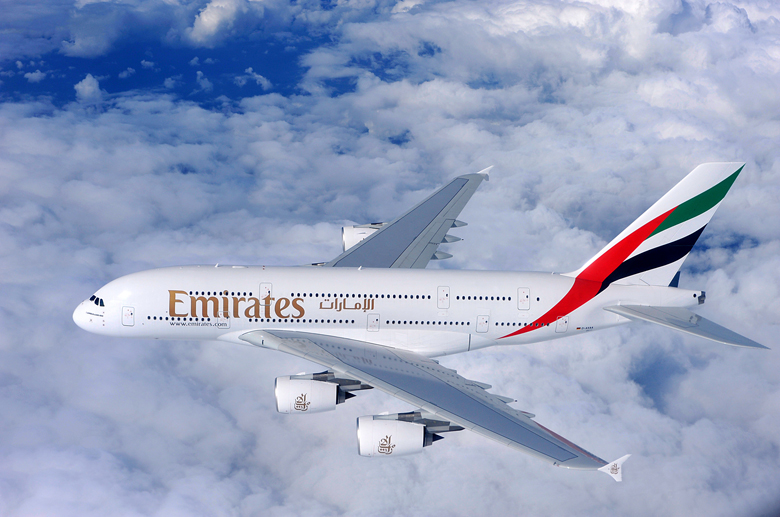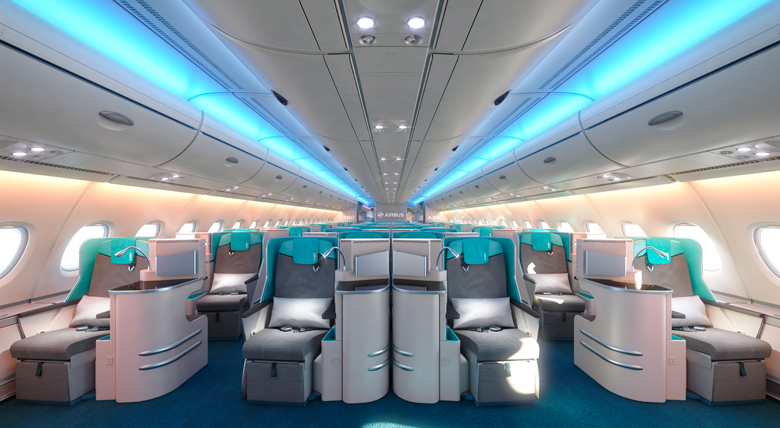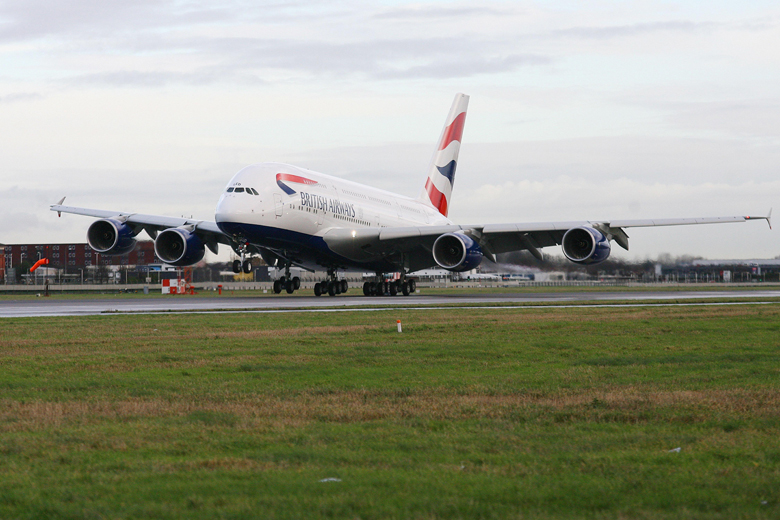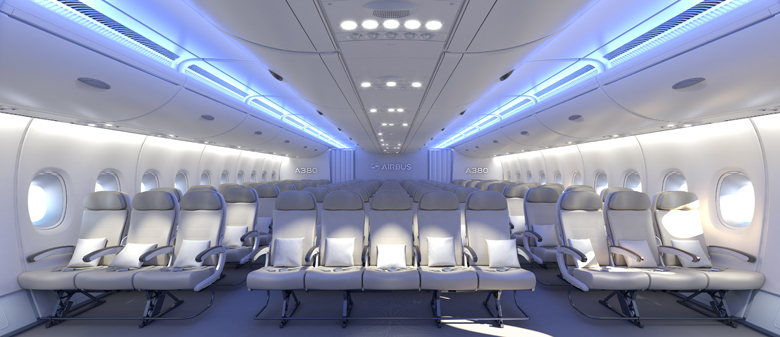Today marks the tenth anniversary of the first A380 flight from Airbus' base in Toulouse.
Since April 27, 2005, the manufacturer has amassed a total of 317 firm orders for the superjumbo, with deliveries amounting to 156 aircraft.
Gulf carrier Emirates remains the largest A380 operator with 59 superjumbos currently in service, and an additional 81 on order.

Debut: The A380 takes flight

Emirates is the largest A380 operator
The development of the A380 has been a turbulent one, with numerous delays stemming from wiring issues and manufacturing setbacks.
Airbus was also forced to revise its delivery schedule and provide compensation to some 13 customers – all of whom decided to retain their orders.
A decade later, the company is only just about to break-even financially. Airbus has struggled to attract new customers for the A380, leading chief executive Fabrice Bregier to suggest that the aircraft was introduced a decade too early.
In many ways, it is an aircraft of the future. With global travel ever increasing, many argue larger aircraft are neccessary to ease the strain on airports suffering from over-capacity.
Take British Airways, for example. The carrier recently replaced three of its B747-400 daily flights from London to Los Angeles with two A380 services, without losing any overall capacity.

Business class cabin concept on the A380

British Airways A380
However, when the very first passenger A380 finally entered service with Singapore Airlines in 2007, the world discovered the true benefits of the aircraft.
Boasting a significantly quieter cabin, larger windows, bigger overhead bins and its signature two-deck layout, the A380 is fast becoming a favourite for travellers.
Yet, despite these benefits, the A380 has not been everyone's cup of tea. Carriers such as Cathay Pacific and the big three US operators have decided against purchasing the superjumbo.
American Airlines chief executive William Douglas Parker gave his views on why the superjumbo has not been a success in North America.
In an interview with the University of Pennsylvania, he said: "The A380 is more suitable for the big-hub airports which are very tight on flying schedules. However, American airports are not that tight on flying schedules. For us, increasing aircraft use frequency is more effective than buying large planes."
Douglas' comments are illuminating, as flight frequency has proven to be an important factor for passengers. By offering multiple flight times, travellers benefit from increased flexibility and are thus able to schedule their travel conveniently.

Another point of contention is the A380's fuel efficiency, as it only becomes a cost-saving aircraft at full capacity.
Therefore, operators need to be careful about where and when it makes economic sense to deploy the superjumbo.
Ultimately, many airlines have recognised the benefits of deploying smaller-sized aircraft on long-haul routes. The B787 and A350 aircraft are good examples of this – not only do they offer excellent fuel efficiency, but they also boast impressive range.
And of course, by operating smaller aircraft, carriers can continue to offer attractive flight schedules to their customers.

Ultimate luxury experience – The Residence on Etihad Airways' A380

11-across budget economy on the A380
So where does the future of the A380 lie? The world has already been wowed by the aircraf'’s capabilities and the logical next step would be for Airbus to improve the economics of the superjumbo.
The manufacturer is looking into the possibility of pursuing an A380neo (New Engine Option) project that would allow the A380 to be even more fuel-efficient and thus lower the number of seats airlines have to sell in order to break even.
Furthermore, Airbus made headlines at the Aircraft Interiors Expo 2015, when it showcased its mock-up for a proposed A380 11-abreast Budget Economy configuration.
No A380 in service today has an 11-across configuration, and the company hopes to provide operators with the flexibility of stacking more seats together and thereby increasing the overall capacity of the aircraft.
Predicting the next ten years of the superjumbo is a daunting task, but if Airbus can generate new demand for the world’s largest passenger aircraft, the A380 could well become a more significant part of the aviation industry in the years to come.
Clement Huang








